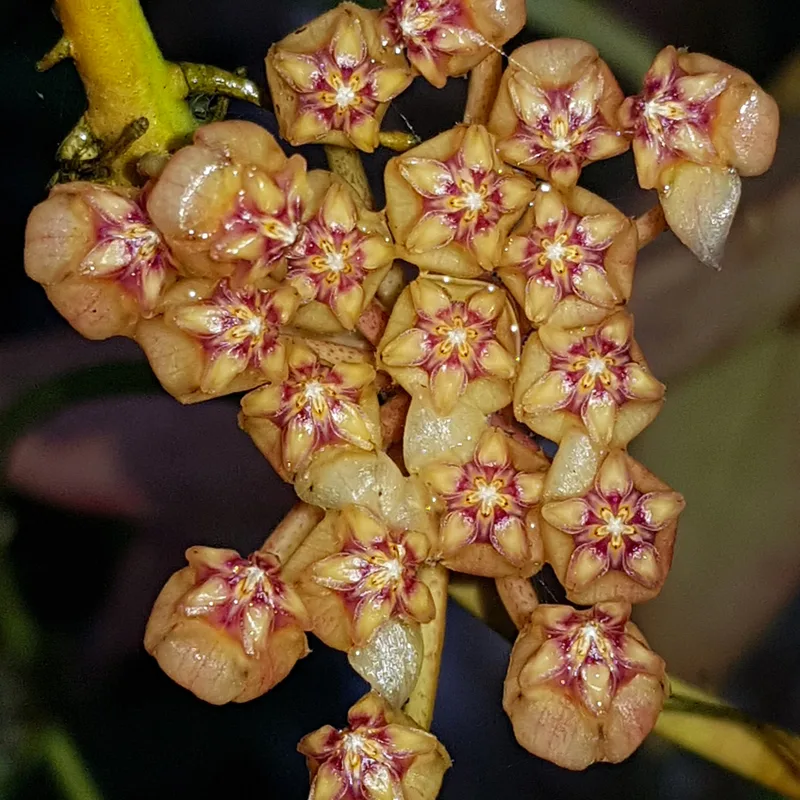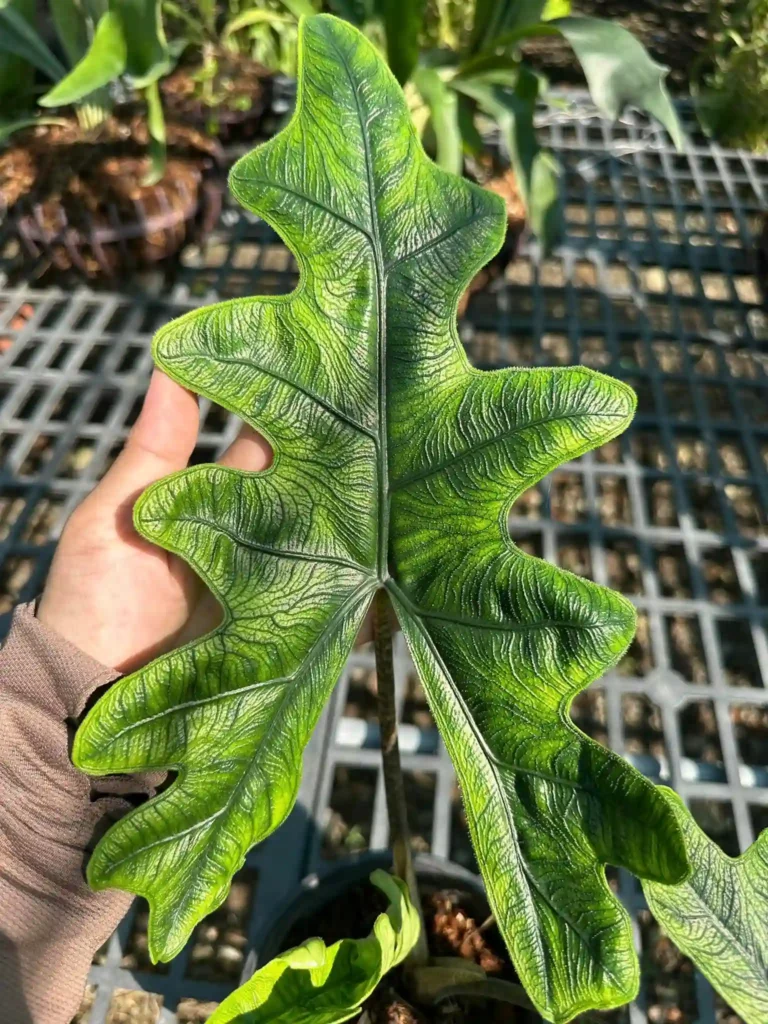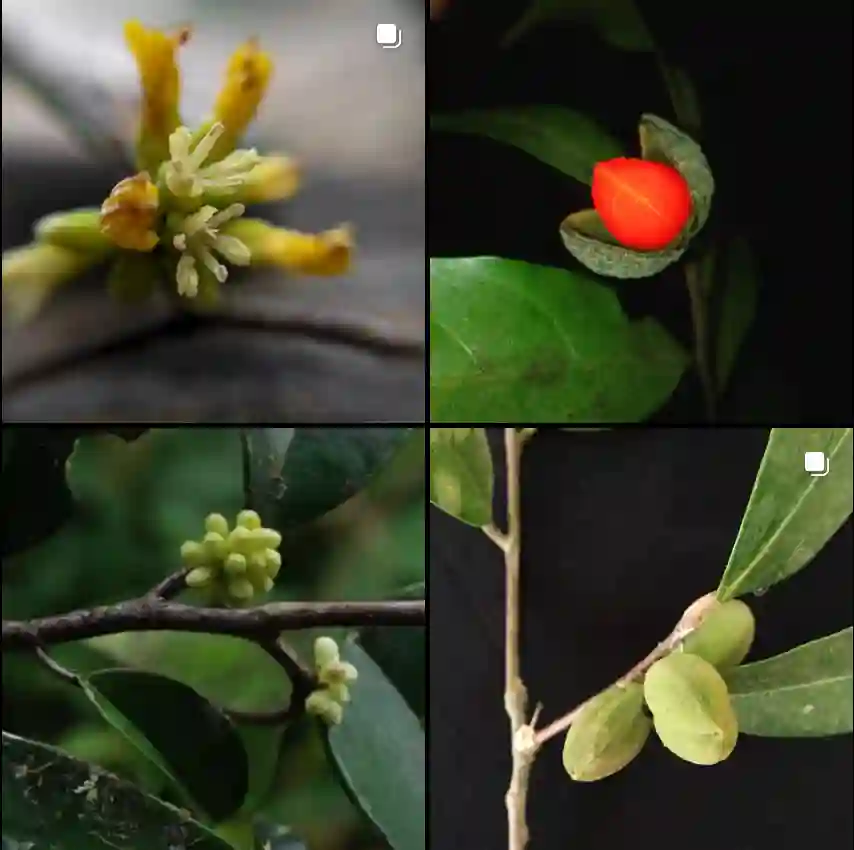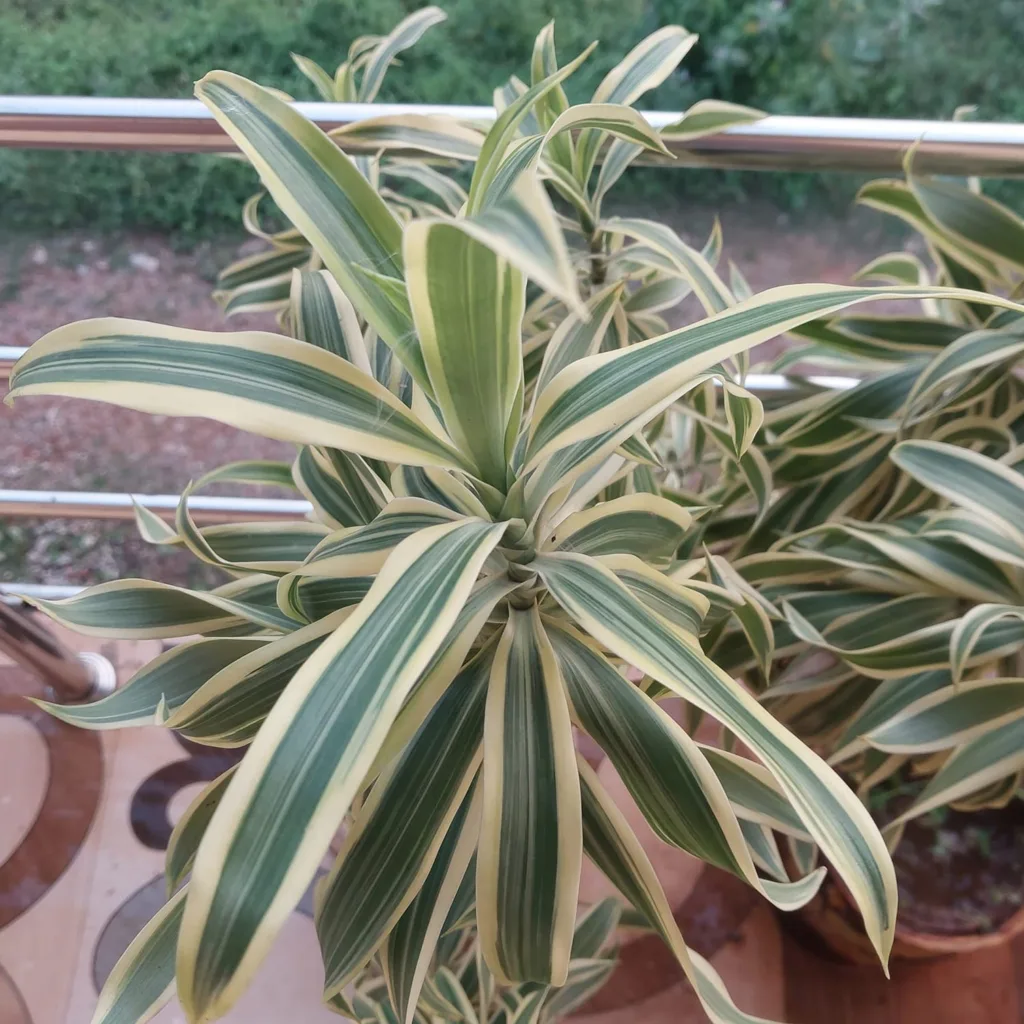FAQs About Mahonia Narihira
As a passionate plant enthusiast, I’ve spent quite a bit of time exploring and caring for various plants, and one that has recently captured my interest is Mahonia Narihira. This unique shrub is known for its striking appearance and vibrant colors. Here, I’ll share everything you need to know about Mahonia Narihira based on my personal experiences and research.
What is Mahonia Narihira?
Mahonia Narihira is a species of Mahonia, part of the Berberidaceae family. This evergreen shrub is native to Japan and is highly valued for its attractive foliage and bright yellow flowers. The plant is also known as Japanese Mahonia or Narihira Mahonia. It typically grows to a height of 3 to 6 feet and features glossy, spiky leaves that can add a bold touch to any garden.
Plant Family: 13 Genera in Berberidaceae
How to Care for Mahonia Narihira?
Mahonia Narihira is relatively low-maintenance, making it an excellent choice for both novice and experienced gardeners. Here are some key care tips based on my own experience:
- Sunlight: This plant thrives in partial to full shade. Direct sunlight can scorch the leaves, so it’s best to plant it in a spot that receives dappled light or morning sun.
- Soil: Mahonia Narihira prefers well-drained, acidic soil. Incorporate organic matter into the soil to enhance its fertility and drainage. Avoid heavy clay soils that can retain too much moisture.
- Watering: Regular watering is essential, especially during dry spells. However, avoid overwatering, as this can lead to root rot. Ensure the soil remains consistently moist but not waterlogged.
- Fertilization: Feed the plant with a balanced fertilizer in early spring to promote healthy growth and blooming. Follow the manufacturer’s instructions for application rates.
- Pruning: Prune Mahonia Narihira after flowering to maintain its shape and remove any dead or damaged branches. This will also encourage new growth and improve air circulation.
How to Propagate Mahonia Narihira?
Propagation of Mahonia Narihira can be done through several methods:
- Cuttings: Take semi-hardwood cuttings in late summer or early autumn. Dip the cuttings in rooting hormone and plant them in a mix of peat and perlite. Keep the cuttings moist and in a shaded area until they develop roots.
- Seeds: Collect seeds from mature plants and sow them in a well-drained seed-starting mix. Stratify the seeds by placing them in the refrigerator for a few weeks before sowing to improve germination rates. Maintain consistent moisture until the seeds germinate.
What to Plant With Mahonia Narihira?
Mahonia Narihira pairs well with other shade-loving plants, creating a lush and varied garden space. Here are a few suggestions:
- Hostas: Their large, textured leaves complement the spiky foliage of Mahonia Narihira.
- Ferns: Adding ferns can enhance the shady garden area and provide a softer texture.
- Heuchera: The vibrant colors of Heuchera foliage can contrast beautifully with the yellow blooms of Mahonia Narihira.
Benefits of Mahonia Narihira
Incorporating Mahonia Narihira into your garden offers several benefits:
- Year-Round Interest: Its evergreen foliage ensures that your garden remains attractive throughout the year.
- Low Maintenance: Once established, Mahonia Narihira requires minimal care, making it a convenient choice for busy gardeners.
- Wildlife Friendly: The plant attracts pollinators like bees with its bright yellow flowers.
Toxicity and Safety
Mahonia Narihira is considered mildly toxic if ingested, primarily due to the alkaloids present in its leaves and berries. Keep it away from pets and young children who might be tempted to taste it. While the plant can cause minor digestive issues if consumed, it is not known to be life-threatening.
Common Problems
Based on my experience, Mahonia Narihira is relatively pest-free but can encounter a few issues:
- Leaf Spot: This fungal disease can cause dark spots on the leaves. Improve air circulation and avoid overhead watering to prevent this problem.
- Scale Insects: These pests can affect the plant’s health. Treat infestations with insecticidal soap or neem oil.
Compare with Similar Plants
Mahonia Narihira is often confused with Mahonia Japonica and Mahonia Aquifolium. Here’s how they differ:
- Mahonia Japonica: Known for its larger leaves and similar flowering habits, it tends to grow taller than Mahonia Narihira.
- Mahonia Aquifolium: Also called Oregon Grape, it has more holly-like leaves and is typically used in landscaping for its dense, shrubby form.
By understanding these details, you can make an informed decision about incorporating Mahonia Narihira into your garden. Whether you’re drawn to its striking appearance or its low-maintenance nature, this shrub offers a lot of benefits and can be a beautiful addition to your landscape.
If i die, water my plants!



